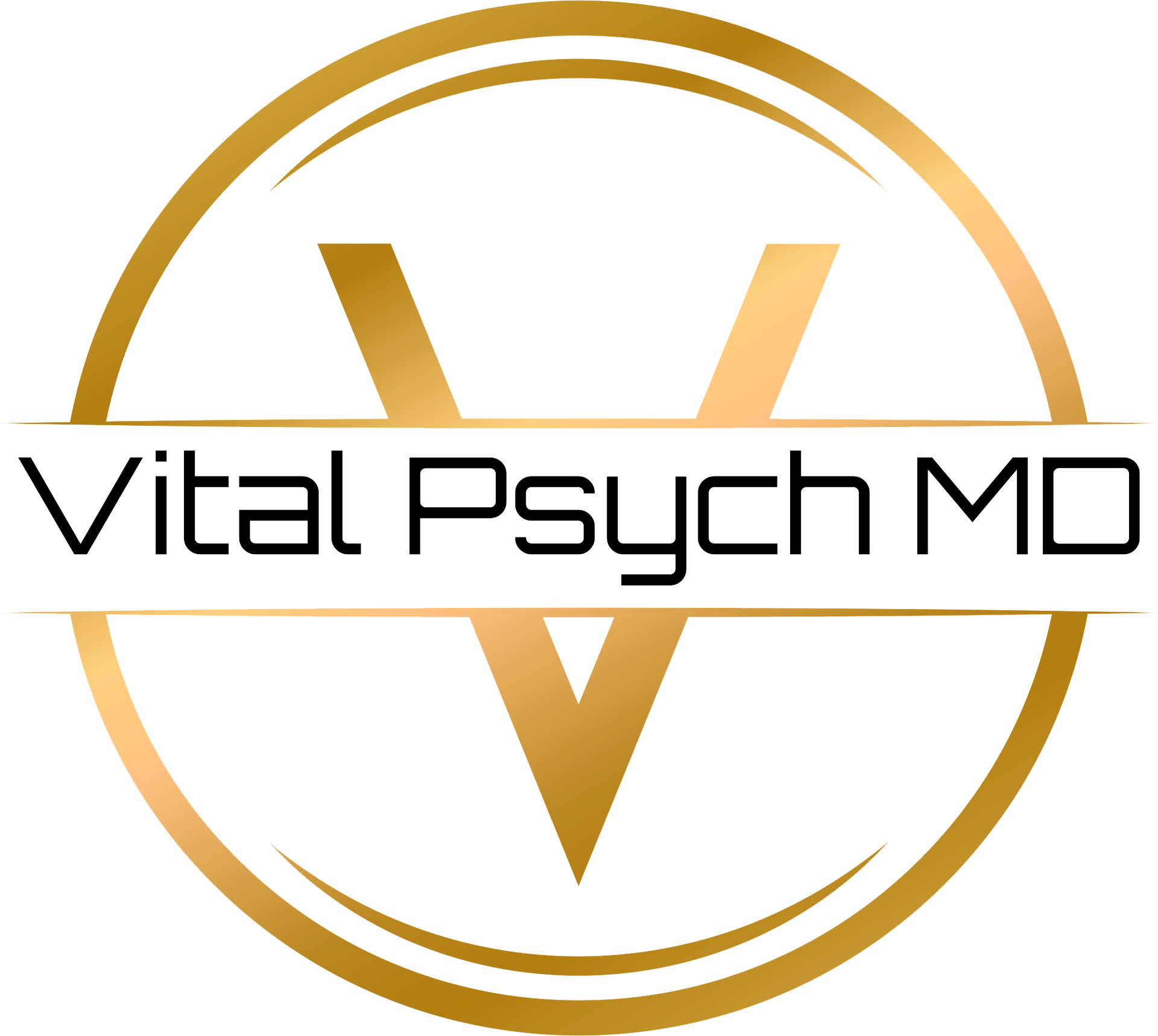Navigating ADHD: Understanding Medication and Treatment Plans
Navigating the complexities of Attention Deficit Hyperactivity Disorder (ADHD) requires a deep understanding of both the condition itself and the various treatment options available. Medication often plays a crucial role in managing ADHD, helping to mitigate the symptoms that can hinder daily life. By exploring how these medications function, their effects, and the potential side effects, patients and their families can better collaborate with healthcare professionals to optimize treatment outcomes.
Understanding ADHD and Its Impact
ADHD is characterized by persistent patterns of inattention, hyperactivity, and impulsivity, significantly affecting educational, professional, and social interactions. Traditionally diagnosed in children, it often continues into adulthood, necessitating long-term management strategies. The primary aim of ADHD medications is to enhance concentration and decrease impulsivity and hyperactivity, thereby improving overall functionality.
Types of ADHD Medications
Stimulants
Stimulants are the most common type of medication prescribed for ADHD. They work by increasing the levels of certain neurotransmitters in the brain, such as dopamine and norepinephrine, which are integral to attention and behavior regulation. Examples include methylphenidate and amphetamines. These medications often provide a quick improvement in symptoms, enhancing the individual’s ability to focus, work, and learn.
Non-Stimulants
Non-stimulant medications are prescribed when stimulants are ineffective or cause undesirable side effects. They may take longer to start working compared to stimulants, but they provide a steady level of symptom control once they do. Commonly used non-stimulants include atomoxetine and certain antidepressants. These medications can be particularly useful for patients who experience anxiety, as they do not generally produce the same level of agitation that can accompany stimulants.
Side Effects of ADHD Medications
While ADHD medications can be highly effective, they are also associated with potential side effects. Common side effects of stimulants include decreased appetite, weight loss, sleep disturbances, and sometimes an increase in anxiety or irritability. Non-stimulants can lead to side effects like stomach upset, fatigue, and mood swings. It is crucial for patients and their caregivers to monitor these effects closely and report them to their healthcare provider.
Tailoring Treatment Plans
Each individual with ADHD experiences the disorder differently, making personalized treatment plans essential. When beginning medication, healthcare providers typically start with a low dose and adjust it incrementally to balance effectiveness with minimal side effects. This process, often referred to as titration, is crucial in determining the most effective individual dosage.
Monitoring and Adjusting Treatment
Regular follow-ups with a healthcare provider are necessary to assess the effectiveness of the medication and make any needed adjustments. During these check-ups, providers will evaluate symptom control, side effects, and overall well-being to ensure that the treatment plan remains suitable as the patient grows and their life circumstances change.
The Role of Behavioral Therapy
In addition to medication, behavioral therapies can be a valuable component of a comprehensive ADHD treatment plan. Techniques such as cognitive behavioral therapy help improve time management, organizational skills, and effective problem-solving methods, which are often challenges for those with ADHD. Incorporating these therapies can enhance the effectiveness of medication and help manage symptoms more holistically.
Working with Healthcare Providers
Establishing a strong partnership with healthcare providers is fundamental for successfully managing ADHD. Patients and families should feel comfortable discussing their concerns, experiences, and preferences regarding medication and other treatment options. Transparency and open communication enable healthcare providers to offer the most appropriate advice and adjustments to treatment plans.
Importance of Education and Support
Educating oneself about ADHD and its treatments allows patients and their families to make informed decisions about their healthcare. Support groups and educational resources can also provide invaluable help, offering tips from others who have similar experiences and professional insights into living with ADHD.
Managing ADHD is a dynamic process that involves ongoing collaboration between patients, families, and healthcare providers. Understanding the different types of medications and treatments available, and how they can be tailored to individual needs, is crucial. With the right approach, individuals with ADHD can lead productive and fulfilling lives. Monitoring, adjusting, and combining treatments with behavioral strategies pave the way toward managing symptoms effectively and enhancing overall quality of life.
As you navigate the journey of managing ADHD, know that you are not alone. We specialize in personalized ADHD treatment plans tailored to fit your unique needs. Our dedicated team is ready to work with you to find the best medication strategy and support system for a balanced and fulfilling life. Explore our ADHD management services and get in touch to create a plan that truly works for you.











